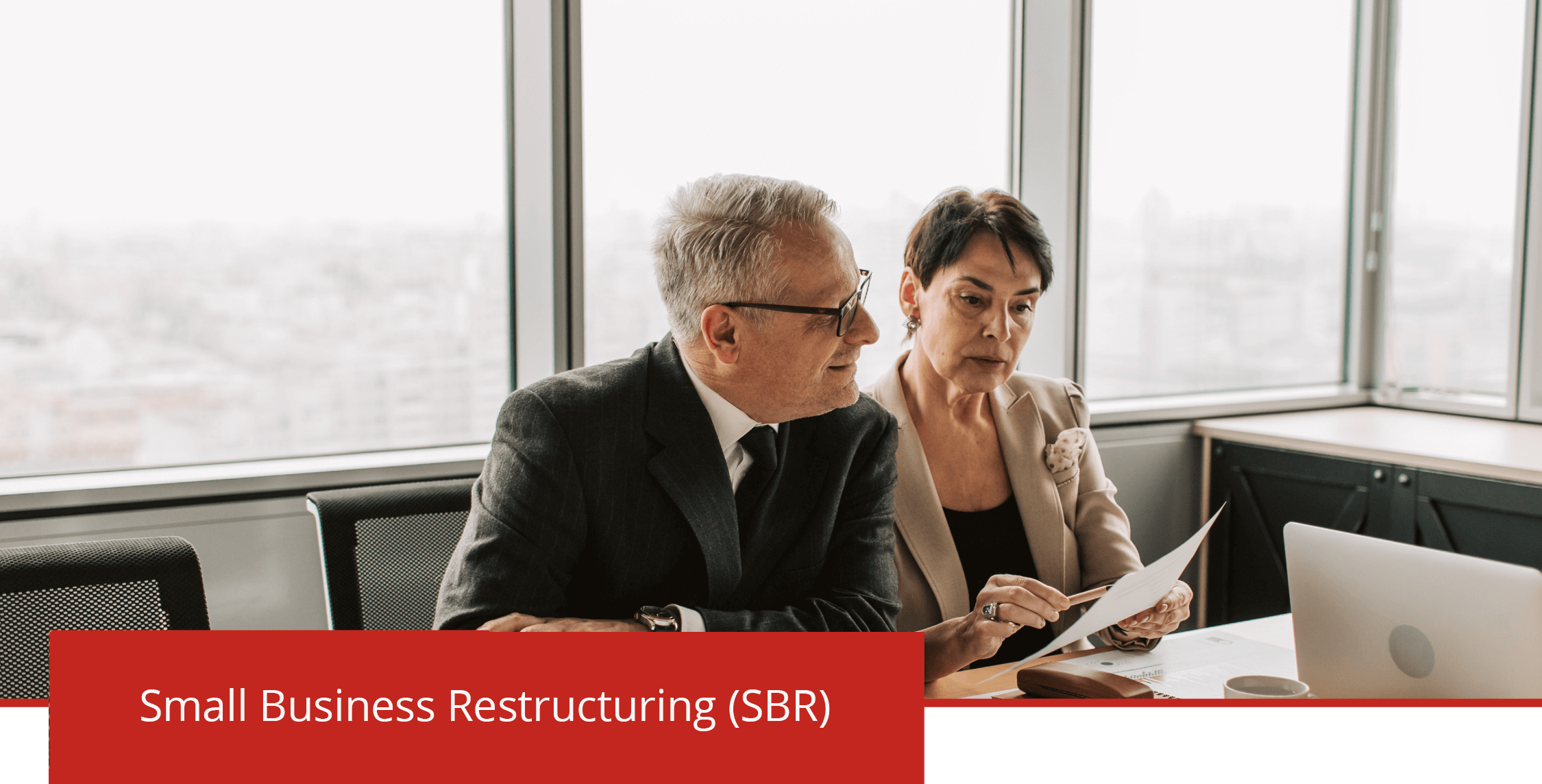When a small business becomes financially distressed, an SBR allows eligible businesses to compromise (forgive) their debts with their creditors by agreement to maximise their chances of trading profitably in the future.
The SBR also enables the current directors and owners to remain in control of the business during the restructuring period.
The costs of undertaking an SBR are significantly lower than Voluntary Administration (VA) or a Creditors Voluntary Liquidation.
The importance and objective of the restructure is to assist the Owners and Director/s to rescue the business from being liquidated and closing. There are no specific regulations for the restructuring plan as it is simply an agreement between the Company and its Creditors.
Based on numerous recent SBR plans approved, debts owing to Creditors including the ATO have been compromised or reduced in the range 60% to 90%.
To be eligible to access the SBR process the company must:
Be incorporated under the Corporations Act;
- Have total liabilities of not more than $1m (excluding Employee entitlements) on the day the company enters the process;
- Resolve that it is insolvent or likely to become insolvent at some future time (when it is not able to pay all its debts when they become due and payable);
Appoint an independent SBR practitioner to:
- Oversee the restructuring process;
- Work with the Company and Director/s to develop a debt restructuring plan;
- Provide a restructuring statement supporting the Plan;
All Employee entitlements including superannuation which are due and payable have been paid.
All relevant Tax returns and activity statements have been lodged (not necessarily paid). Tax debts do not have to be paid for a plan to be put to creditors.
The Company has in the previous 7 years not apply the SBR and Simplified Liquidation processes.
Debts incurred after the Company enters Restructuring are not included in the plan.

